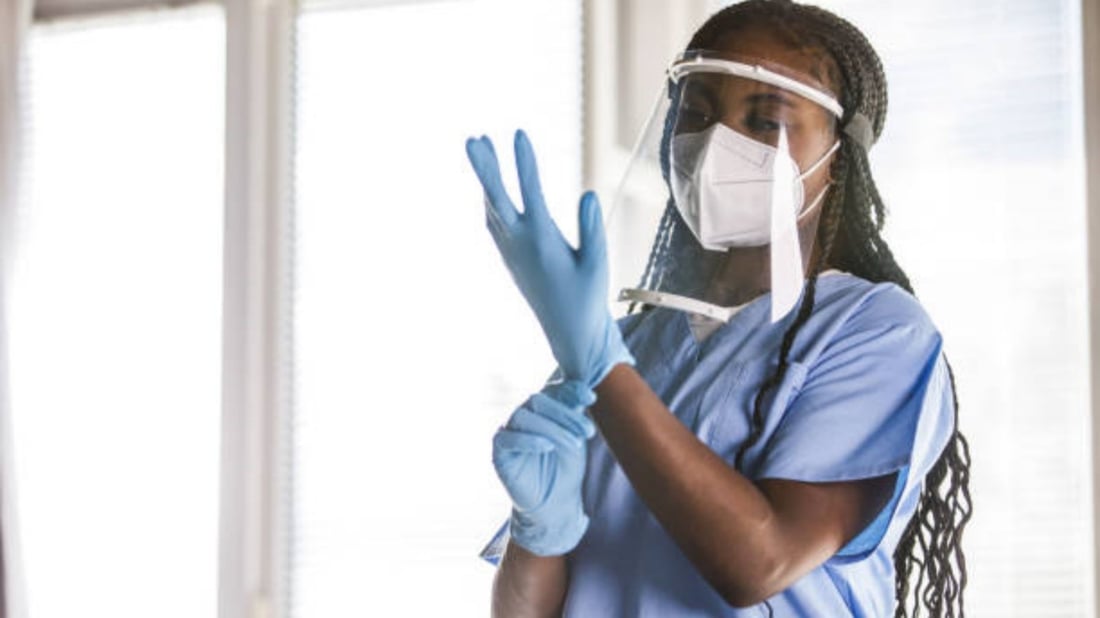The Basics of powder coating protective clothing
Powder coating is a popular method used to apply a protective and decorative finish to various materials. It involves applying a dry powder to the surface of an object and then curing it with heat to form a durable and attractive coating. While powder coating offers numerous benefits, it is essential to prioritize safety during the process. One crucial aspect of ensuring safety is the use of proper powder coating protective clothing. In this article, we will explore the importance of such clothing and discuss its various aspects.
Understanding the Risks Involved in Powder Coating
Before delving into the details of powder coating protective clothing, it is crucial to understand the risks associated with this process. Powder coating involves the use of fine particles that can become airborne during application. These particles can irritate the skin, eyes, and respiratory system if proper precautions are not taken. Additionally, the curing process involves high temperatures, which can pose burn risks. Therefore, wearing appropriate protective clothing is vital to minimize these risks and ensure a safe working environment.
Choosing the Right Protective Clothing
Selecting the right powder coating protective clothing is paramount for safeguarding against potential hazards. Here are some key factors to consider when choosing your protective gear:
1. Full-Body Coverage
Effective powder coating protective clothing should provide full-body coverage to minimize the risk of direct contact with the powder. This includes wearing coveralls or a protective suit that covers the entire body, including the arms and legs. Choosing clothing made from durable and non-flammable materials is essential to protect against sparks and heat.
2. High-Quality Gloves
Since the hands are in direct contact with the powder, wearing high-quality gloves is crucial. Opt for gloves made from materials such as nitrile, which offer excellent chemical resistance. Avoid using gloves made from latex, as they may not provide adequate protection against the powder.
3. Eye and Face Protection
The eyes and face are particularly vulnerable during powder coating. Wear safety goggles or a face shield to protect against potential eye injuries caused by flying particles. Ensure that the eyewear provides a tight seal to prevent powder from entering the eyes.
4. Respiratory Protection
Inhaling powder particles can lead to respiratory issues, so it is crucial to wear appropriate respiratory protection. Use a respirator with a high-efficiency particulate air (HEPA) filter to effectively filter out the fine particles. Always ensure that the respirator fits properly and undergo regular fit testing to maintain its effectiveness.
5. Footwear and Head Protection
Do not overlook the importance of protecting your feet and head during the powder coating process. Wear closed-toe shoes or boots that provide slip resistance and protection against falling objects. Additionally, consider wearing a hard hat to protect against potential head injuries in the workplace.
Maintaining and Replacing Protective Clothing
To ensure the ongoing effectiveness of your powder coating protective clothing, proper maintenance and regular replacement are essential. Here are some tips to help you maintain your gear:
1. Cleaning and Inspection
Regularly clean your protective clothing according to the manufacturer's instructions. Inspect the clothing for any signs of damage or wear, such as tears or holes, and promptly replace any compromised items. Cleaning and inspection should be conducted before and after each use to ensure optimal safety.
2. Storage
Proper storage is crucial to prevent damage to your protective clothing. Store them in a clean and dry area away from direct sunlight and extreme temperatures. Avoid folding or crushing the clothing, as this can compromise its protective properties.
3. Replacement Schedule
Set a regular replacement schedule for your powder coating protective clothing. The frequency of replacement depends on factors such as the intensity of use and the level of wear and tear. Consult the manufacturer's guidelines and consider the condition of the clothing to determine when it is time for a replacement.
Conclusion
In conclusion, powder coating protective clothing plays a crucial role in ensuring the safety of individuals involved in the powder coating process. By providing full-body coverage, eye and face protection, respiratory protection, and appropriate footwear, individuals can minimize the risks associated with powder coating. Additionally, proper maintenance and regular replacement of protective clothing are vital for optimal safety. Prioritizing the use of powder coating protective clothing is essential for creating a safe and secure working environment in which to enjoy the benefits of powder coating technology.

